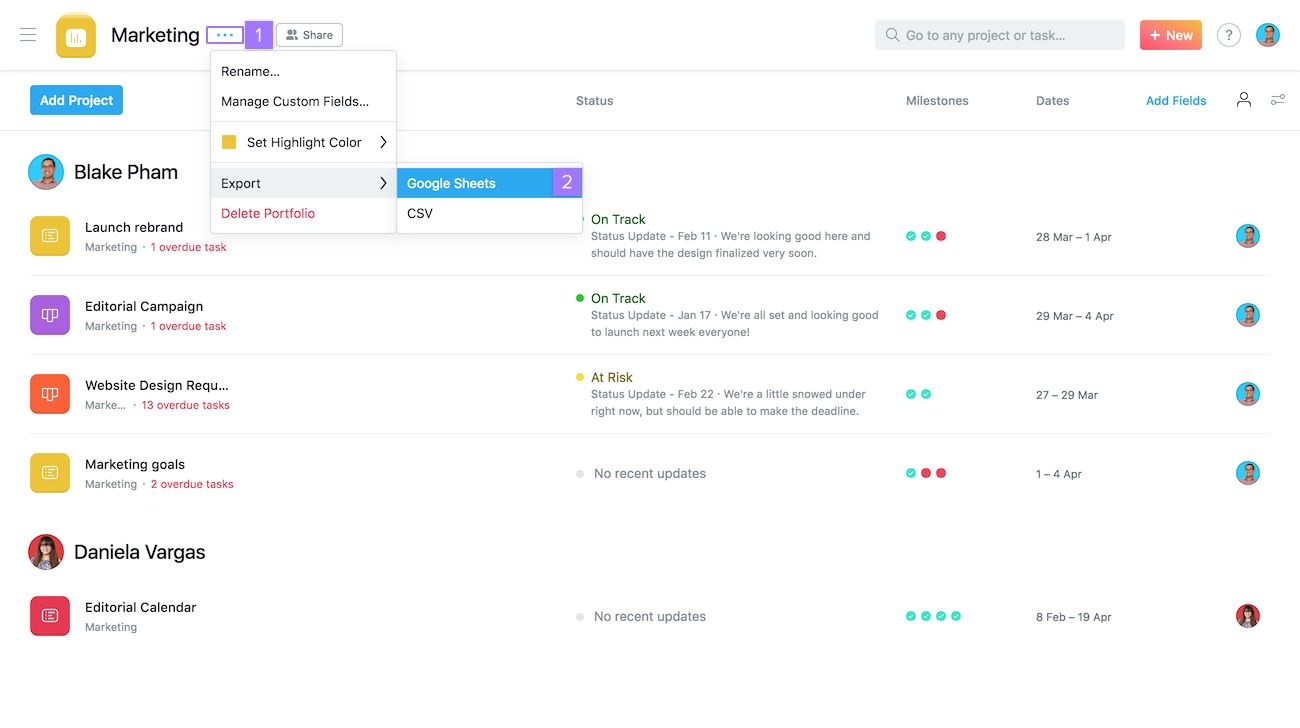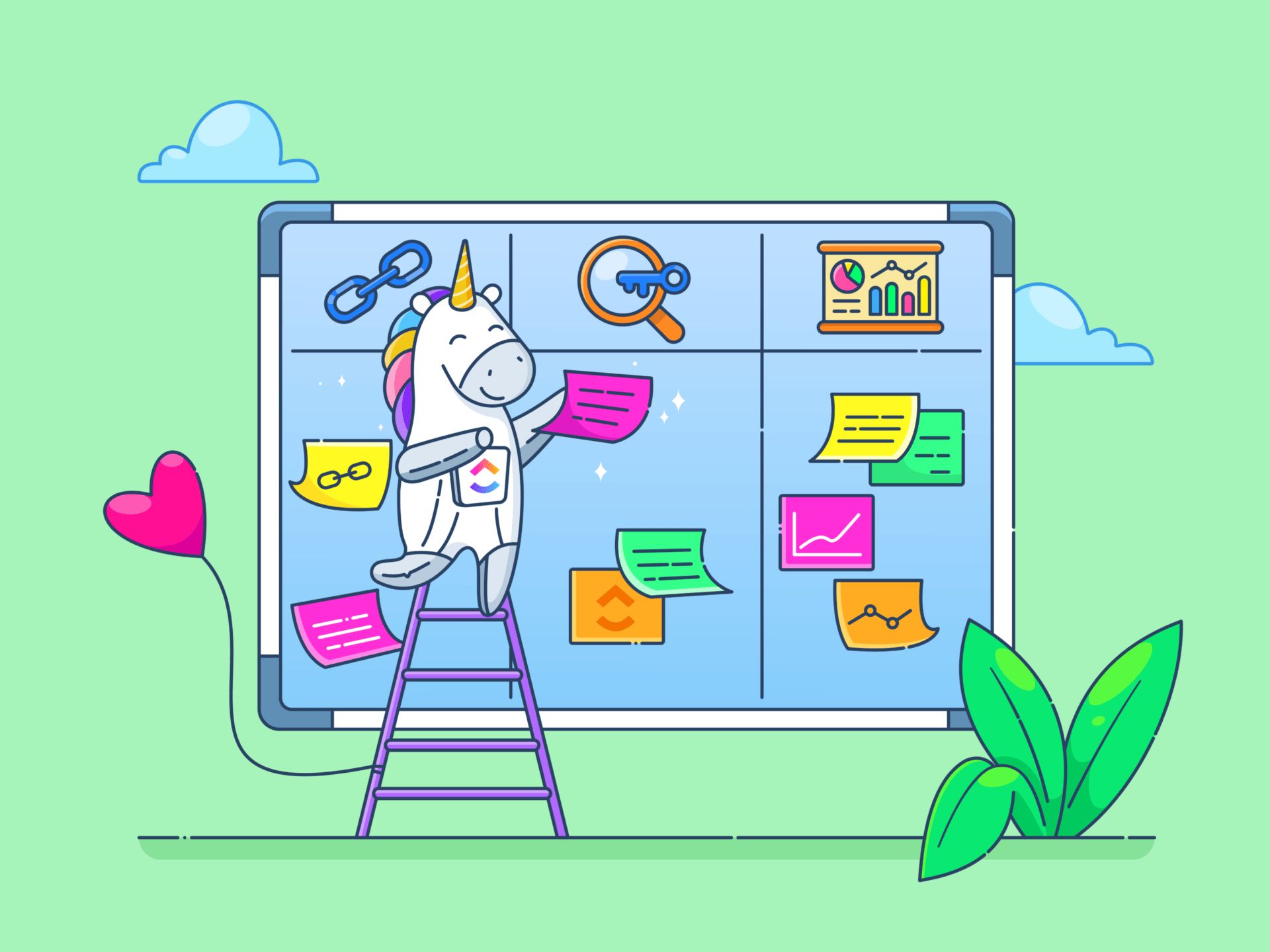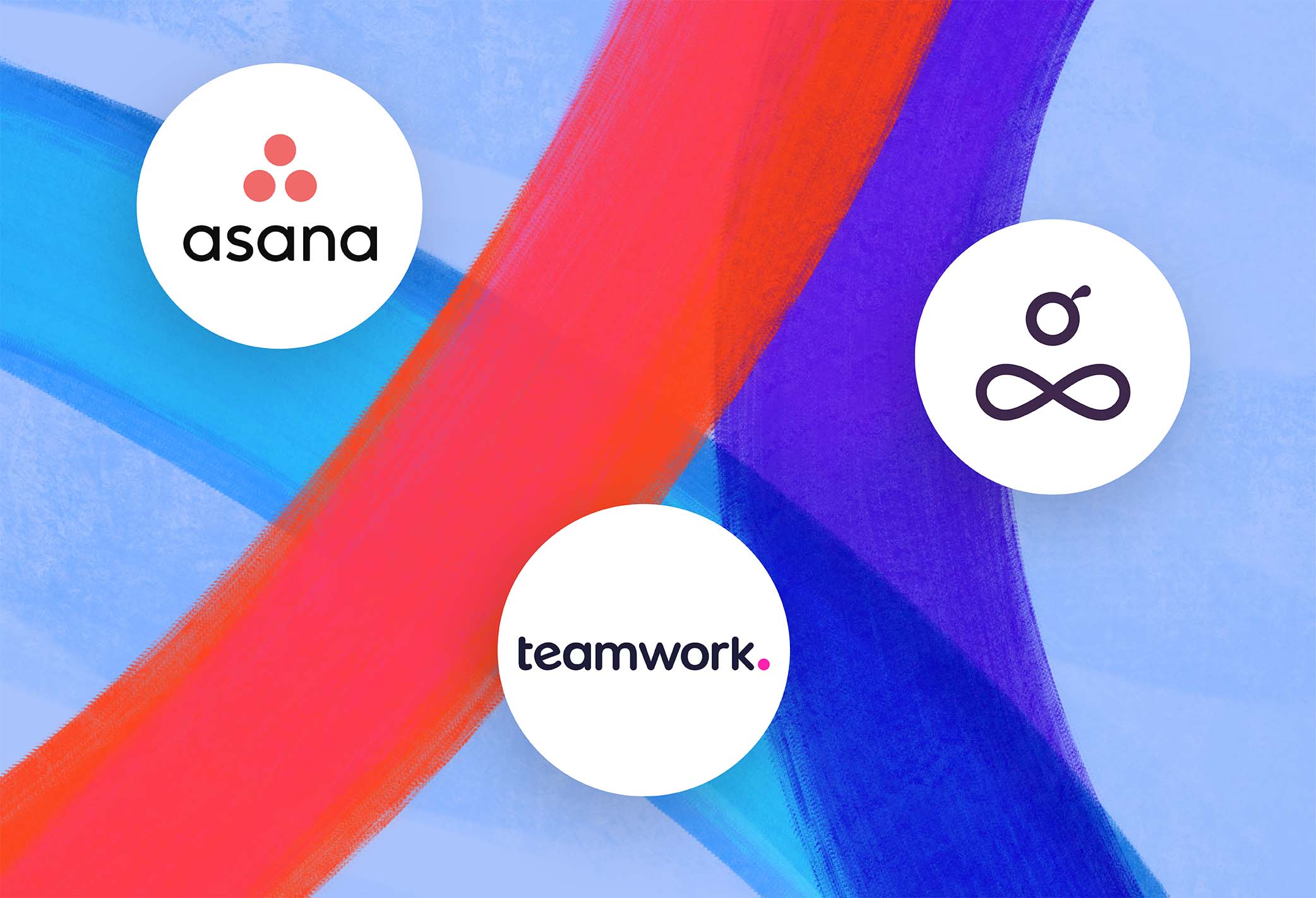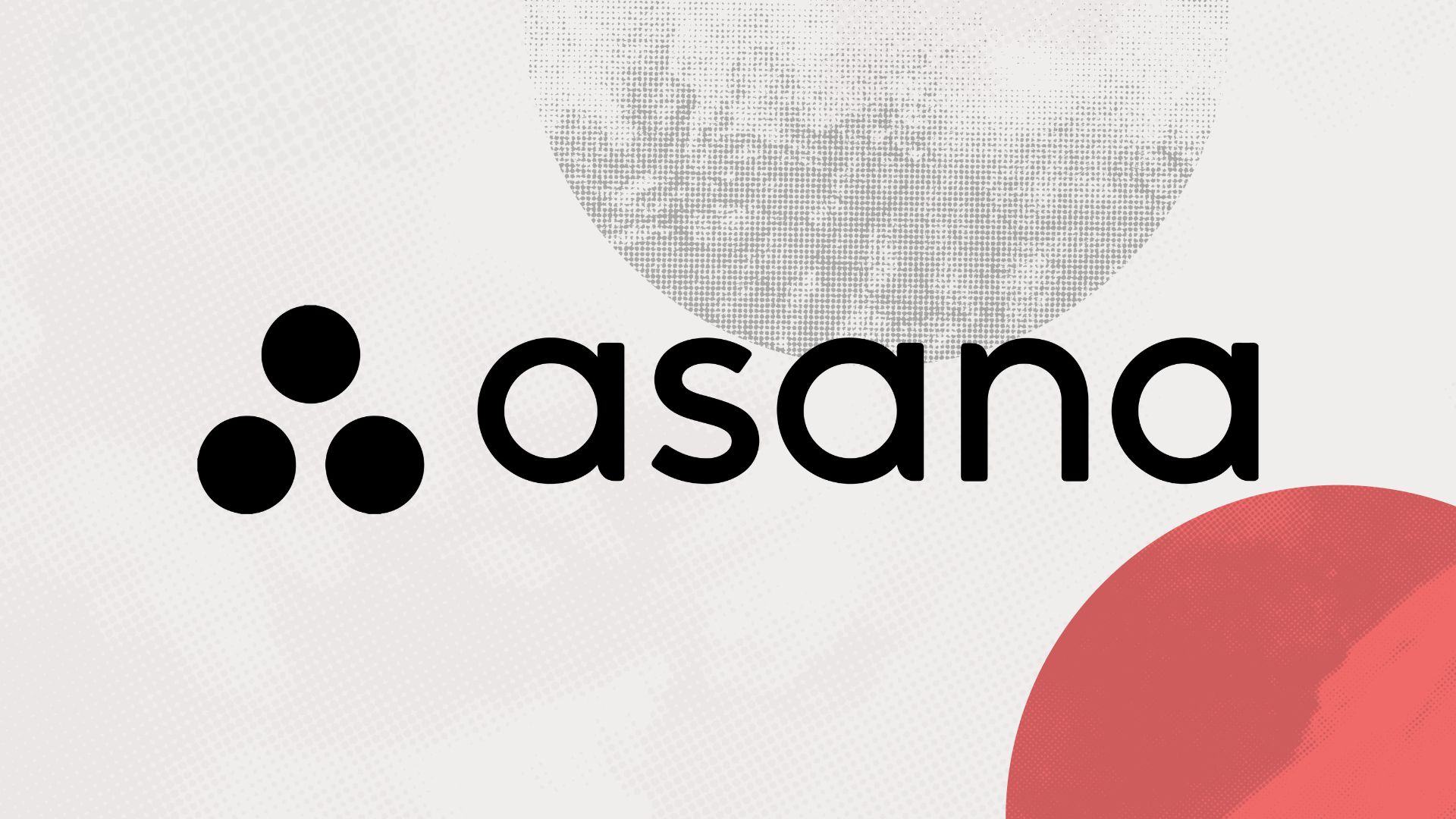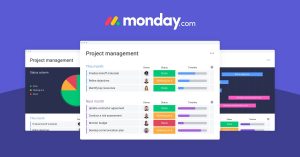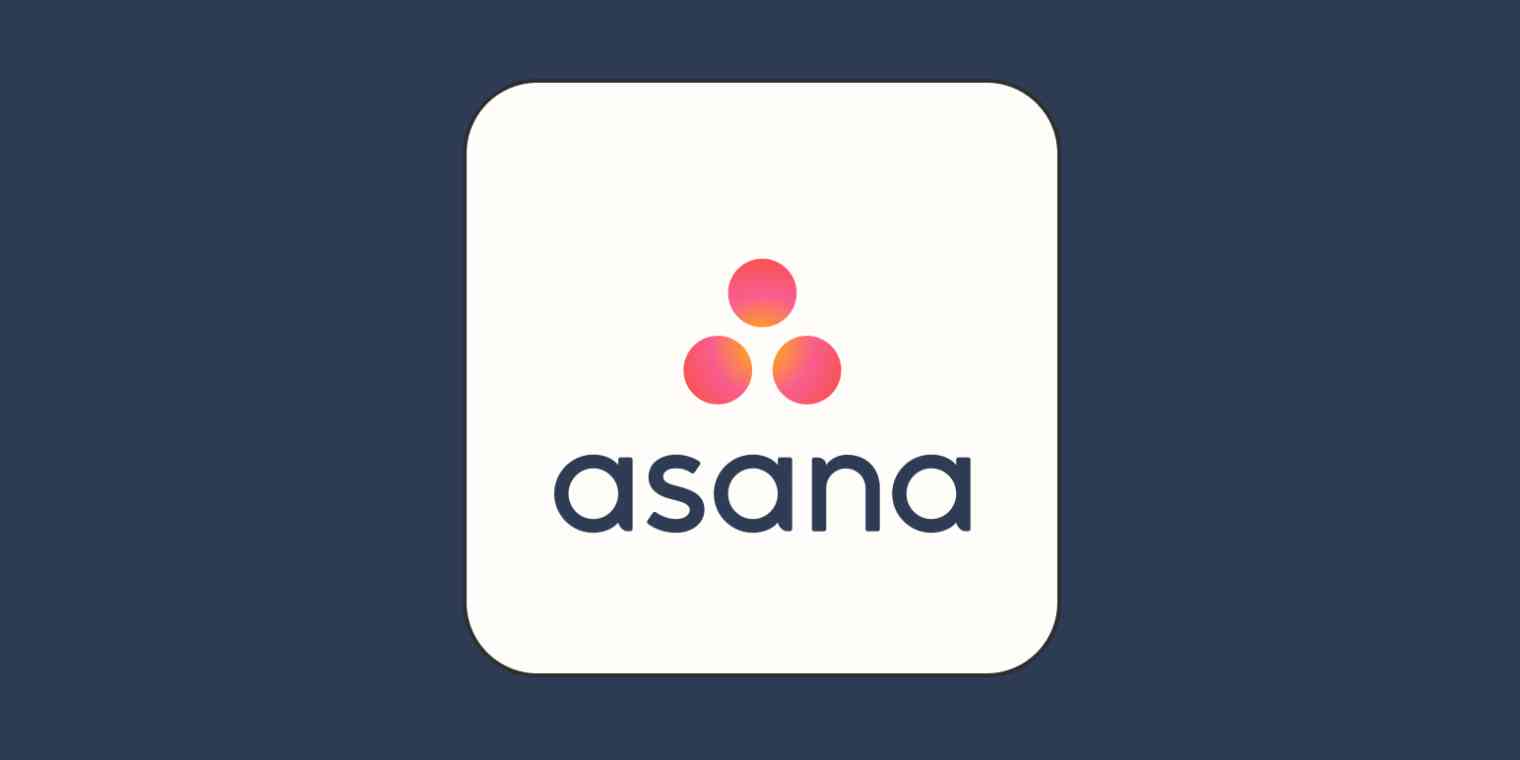Introduction
Welcome to the world of Asana, a powerful project management tool designed to streamline your workflows and enhance collaboration. Whether you’re managing a small team or overseeing complex projects, Asana offers a range of features to help you stay organized, track progress, and communicate effectively.
In this article, we will delve into one of Asana’s key features – portfolios. Portfolios in Asana provide a high-level overview of multiple projects, allowing you to see the big picture and prioritize tasks more efficiently. With portfolios, you can bring together related projects, monitor their progress, and collaborate seamlessly with your team.
Many individuals and organizations find portfolios to be invaluable when it comes to managing complex initiatives or juggling multiple projects. They provide a holistic view of your work, helping you stay on top of deadlines, allocate resources effectively, and make informed decisions.
Whether you’re a project manager, team leader, or an individual contributor, understanding how to leverage portfolios in Asana can significantly enhance your productivity and project management capabilities.
In the following sections, we will explore the functionalities and advantages of using portfolios in Asana. From creating portfolios to tracking progress, customizing views, and collaborating with your team, we will provide you with a comprehensive guide to mastering this powerful feature.
So, if you’re ready to take your project management skills to the next level, let’s dive into the world of Asana portfolios and discover how they can revolutionize the way you work!
What is Asana?
Asana is a popular and versatile project management tool used by individuals, teams, and organizations across various industries. It provides a centralized platform to plan, organize, and track tasks and projects, ensuring efficient collaboration and streamlined workflows.
With Asana, you can break down complex projects into manageable tasks, assign responsibilities, set due dates, and track progress—all in one place. The user-friendly interface and intuitive features make it easy to navigate and customize, allowing you to tailor the tool to your specific needs.
Asana offers a range of features to help teams stay organized and work together seamlessly. You can create and assign tasks, set milestones, create dependencies between tasks, and even automate repetitive processes. The tool provides real-time updates, ensuring that everyone is on the same page and can collaborate effectively.
One of the standout features of Asana is its flexibility and versatility. Whether you’re managing a small team, a large organization, or working as an individual contributor, Asana can adapt to your unique requirements. It offers different views, including list, board, and timeline, allowing you to visualize and manage your projects in a way that suits your preferences.
With Asana, communication within teams is streamlined as well. You can leave comments, tag team members, and attach files directly to tasks, eliminating the need for scattered email threads or messaging platforms. By centralizing communication, Asana ensures that important discussions and information are easily accessible by everyone involved in the project.
Asana also integrates with various popular tools and applications such as Google Drive, Slack, and Dropbox, further enhancing its capabilities and allowing for seamless collaboration across different platforms.
Overall, Asana empowers teams and individuals to work more efficiently, stay organized, and achieve their goals. Whether you’re managing projects, tracking progress, or collaborating with team members, Asana provides the tools and features necessary to streamline your workflows and achieve success.
What are portfolios?
In the context of Asana, portfolios are a powerful tool that allows you to gain a high-level overview and better manage multiple projects in one centralized location. A portfolio acts as a container that brings together related projects, enabling you to monitor progress, track key metrics, and prioritize tasks effectively.
Think of a portfolio as a dashboard that offers a comprehensive snapshot of your projects. It provides a visual representation of project status, timelines, and milestones, making it easier to identify potential bottlenecks or areas that require attention. Portfolios enable you to see the big picture and make informed decisions about resource allocation and project priorities.
With portfolios, you can organize projects based on various criteria such as team, department, client, or project type. This flexibility allows you to customize your portfolio structure to align with your specific needs and objectives. You can also view projects across different teams or departments in a single portfolio, providing a holistic view of your organization’s initiatives.
Portfolios in Asana offer several key benefits, including:
- Visibility: Portfolios provide transparency and visibility into the progress and status of multiple projects. You can easily track milestones, identify dependencies, and stay updated on project timelines.
- Prioritization: By having all projects in one place, portfolios enable you to prioritize tasks and allocate resources more effectively. You can identify projects with looming deadlines or those that require immediate attention.
- Collaboration: With portfolios, team members can collaborate within the context of a specific project or across multiple projects. This fosters communication, enables knowledge sharing, and promotes synergy among team members.
- Strategic Planning: Portfolios facilitate strategic planning by providing a high-level view of your organization’s initiatives. You can analyze project performance, identify patterns, and make data-driven decisions to optimize your project portfolio.
- Reporting: Asana’s portfolio feature allows you to generate customized reports that showcase project status, timelines, and key metrics. These reports can be shared with stakeholders to provide insights into project progress and performance.
Overall, portfolios in Asana are a valuable asset for managing multiple projects efficiently and gaining a holistic understanding of your organization’s initiatives. Whether you’re a project manager, team lead, or an individual contributor, leveraging portfolios can enhance your project management capabilities and drive successful outcomes.
Benefits of using portfolios in Asana
Using portfolios in Asana can bring numerous advantages to your project management workflow. Whether you’re managing a complex project, overseeing multiple initiatives, or coordinating teams, portfolios offer a range of benefits that can enhance productivity and drive successful project outcomes:
- Improved Visibility: Portfolios provide a clear and centralized view of all your projects, allowing you to monitor progress, identify bottlenecks, and track dependencies. With all key information at your fingertips, you can easily assess project status and make informed decisions.
- Efficient Resource Allocation: By having a high-level overview of all projects in one place, portfolios enable you to allocate resources effectively. You can identify potential gaps or conflicts in resource allocation and make necessary adjustments to optimize team capacity and ensure project success.
- Enhanced Collaboration: Portfolios promote collaboration by allowing team members to access and contribute to projects seamlessly. You can easily share information, assign tasks, and communicate within the context of a specific project or across multiple projects, fostering collaboration and teamwork.
- Streamlined Communication: With portfolios, communication is streamlined as all project-related discussions, updates, and files are kept within the platform. This eliminates the need for scattered email threads or multiple communication channels, ensuring that information is easily accessible and reducing the risk of miscommunication.
- Effective Planning and Prioritization: Portfolios provide a comprehensive view of project timelines, milestones, and deliverables, enabling you to plan and prioritize tasks effectively. By understanding project dependencies and deadlines, you can allocate resources, set realistic expectations, and ensure timely project completion.
- Customized Reporting: Asana’s portfolio feature allows you to generate customized reports, providing valuable insights into project performance, resource utilization, and progress. This data-driven reporting enables you to evaluate project success, identify areas for improvement, and communicate project updates to stakeholders.
- Increased Efficiency: With portfolios, you can streamline your project management workflow, eliminating the need to navigate through multiple projects individually. This saves time and effort, allowing you to focus on core tasks, meet deadlines, and deliver high-quality outcomes.
The benefits of using portfolios in Asana extend beyond individual projects, providing strategic advantages for managing multiple initiatives and aligning them with organizational objectives. By leveraging portfolios, you can gain a holistic view of your project landscape, optimize resource utilization, foster collaboration, and drive successful project outcomes.
How to create a portfolio in Asana
Creating a portfolio in Asana is a straightforward process that allows you to bring together multiple projects and gain a high-level view of your work. Here’s a step-by-step guide on how to create a portfolio:
- Step 1: Log in to your Asana account: Access your Asana account by entering your login credentials on the Asana website or mobile app.
- Step 2: Navigate to the Portfolios tab: Once logged in, click on the “Portfolios” tab located on the sidebar of your Asana dashboard. If you don’t see the Portfolios tab, it may need to be enabled in your Workspace settings.
- Step 3: Click on the “+ Create new portfolio” button: On the Portfolios page, click on the “+ Create new portfolio” button to initiate the portfolio creation process.
- Step 4: Provide a name and description: Give your portfolio a descriptive name and provide a brief description to clearly define its purpose and scope.
- Step 5: Customize the layout: Asana offers different layout options for your portfolio, including list, board, and timeline views. Choose the layout that best suits your preferences and the nature of your projects.
- Step 6: Add projects to the portfolio: Begin adding projects to your portfolio by clicking on the “+ Add project” button. You can search for specific projects or select them from a list. You can add both existing projects or create new projects directly from the portfolio.
- Step 7: Set project order: Arrange the order of projects within the portfolio as per your preference by dragging and dropping them into the desired position.
- Step 8: Customize portfolio settings: Asana allows you to customize various settings for your portfolio, such as privacy settings, permissions for team members, and notification preferences. Adjust these settings to align with your needs and preferences.
- Step 9: Save and share: Once you’ve added projects and customized the portfolio settings, click on the “Save” button to create your portfolio. From here, you can share the portfolio with your team members or stakeholders as needed.
By following these steps, you can easily create a portfolio in Asana and start benefiting from the enhanced visibility and organization it provides for your projects.
Adding projects to a portfolio
Once you have created a portfolio in Asana, the next step is to add projects to it. Adding projects to a portfolio allows you to consolidate related work in one place and get a comprehensive view of your projects. Here’s how you can add projects to a portfolio:
- Step 1: Navigate to your portfolio: Log in to your Asana account and go to the Portfolios tab. Find the portfolio to which you want to add projects.
- Step 2: Click on the portfolio: Click on the portfolio to open it and access the portfolio workspace.
- Step 3: Click on the “+ Add project” button: Within the portfolio workspace, click on the “+ Add project” button. This button is usually located at the top or bottom of the portfolio workspace.
- Step 4: Search for projects: In the add project dialog box, you can search for projects by typing their name or keywords. Asana will display matching results based on your search criteria.
- Step 5: Select projects to add: From the search results, select the projects you want to add to the portfolio. You can select multiple projects by holding down the Ctrl key (Windows) or Command key (Mac) while clicking.
- Step 6: Click on the “Add to portfolio” button: After selecting the projects, click on the “Add to portfolio” button to add them to the portfolio.
- Step 7: Arrange project order: Once the projects are added, you can rearrange their order within the portfolio by dragging and dropping them into the desired positions. This order determines how the projects are displayed within the portfolio.
- Step 8: Configure project details: You can further refine the project details within the portfolio by clicking on each project. This allows you to access and modify the project-specific information, such as task lists, due dates, assigned team members, and more.
- Step 9: Save changes: After adding and configuring the projects, make sure to save your changes in the portfolio by clicking on the “Save” or “Done” button. This ensures that the portfolio reflects the latest project additions and modifications.
By following these steps, you can easily add projects to your portfolio in Asana. This allows you to consolidate your work, gain an overview of multiple projects, and effectively manage your tasks and priorities within the portfolio.
Managing tasks within a portfolio
Once you have added projects to your portfolio in Asana, it’s time to dive into managing tasks within the portfolio. Asana provides various tools and features to help you stay organized, track progress, and collaborate effectively on tasks within your portfolio. Here are some key steps to effectively manage tasks within a portfolio:
- Step 1: Access the portfolio: Log in to your Asana account and navigate to the Portfolios tab. Click on the portfolio you want to manage to open it.
- Step 2: Review the tasks: Within the portfolio workspace, you can review the tasks associated with each project. This allows you to understand the scope of work, deadlines, and dependencies.
- Step 3: Assign tasks: Assign tasks to team members by clicking on the task and selecting or typing the name of the assigned person. This ensures clear ownership and accountability within the project. You can also set due dates for tasks to help manage priorities and deadlines.
- Step 4: Set task dependencies: If there are tasks in different projects that are dependent on each other, you can set task dependencies within the portfolio. This ensures that tasks are scheduled and completed in the correct order, minimizing bottlenecks and delays.
- Step 5: Monitor progress: Regularly track the progress of tasks within the portfolio. Asana provides visual indicators such as task completion percentage, due dates, and color-coded tags to help you stay informed about task status.
- Step 6: Update task status: As tasks progress, update their status within the portfolio. This can be done by marking tasks as complete, adding comments or attachments, or updating task fields as needed. Keeping tasks up to date ensures accurate progress tracking and visibility for the team.
- Step 7: Communicate and collaborate: Within the portfolio, use the commenting feature to communicate with team members, ask questions, provide updates, or share relevant information related to the tasks. This fosters collaboration and ensures everyone is on the same page.
- Step 8: Share relevant documents: Asana allows you to attach files and documents to tasks within the portfolio. This ensures that team members have easy access to all relevant information and resources needed to complete their tasks.
- Step 9: Use task prioritization techniques: Prioritize tasks within the portfolio using Asana’s features such as tags, labels, or custom fields. These tools help you categorize and prioritize tasks based on urgency, importance, or any other relevant criteria.
- Step 10: Review and adapt: Regularly review the progress and performance of tasks within the portfolio. Identify bottlenecks, adjust priorities if needed, and make informed decisions to ensure smoother project execution.
By following these steps and utilizing the features offered by Asana, you can effectively manage tasks within your portfolio, stay organized, and drive successful project outcomes.
Customizing a portfolio in Asana
Asana offers a range of customization options to tailor your portfolio to your specific needs and preferences. Customizing your portfolio allows you to configure its layout, settings, and views to optimize your project management experience. Here are some key aspects to consider when customizing a portfolio in Asana:
- Layout: Asana provides different layout options for your portfolio, including list, board, and timeline views. Choose the layout that best suits your project management style and the nature of your projects. You can switch between layouts to have a different perspective on your work.
- Order of projects: Arrange the projects within your portfolio in a logical and intuitive order. You can easily drag and drop projects to change their position within the portfolio, allowing you to prioritize or group projects based on your requirements.
- Project details: Customize the display of project details within your portfolio. Display key information such as project name, description, due dates, or custom fields to get a quick overview of each project. This customization allows you to focus on the essential information that matters most to you.
- Tags and filters: Utilize tags and filters within your portfolio to categorize projects or tasks based on different criteria. Assign tags to projects or tasks to easily identify specific categories or themes. Filters allow you to focus on specific criteria, such as due dates, task assignees, or completion status, enabling you to view the portfolio from different perspectives.
- Custom fields: Take advantage of custom fields in Asana to capture additional project-specific information or metrics. This feature allows you to create custom fields such as priority level, project type, or any other relevant data points. Custom fields enhance the flexibility and adaptability of your portfolio, empowering you to track and analyze project details that are important to you.
- Permissions and access: Customize the permissions and access levels for your portfolio. Determine who can view, edit, or comment on the portfolio and its associated projects. Setting the right permissions ensures that the right people have the appropriate level of access to the portfolio’s content.
- Collaboration settings: Customize collaboration settings within your portfolio to manage communication effectively. Determine the notification settings, comment permissions, or email preferences to ensure that team members are kept informed and engaged within the portfolio.
- Views and reports: Explore the various views and reporting features within Asana to customize your portfolio’s visual representation and reporting capabilities. Utilize timeline views, progress reports, or project status updates to get a comprehensive picture of your portfolio’s progress, milestones, and key metrics.
By taking advantage of Asana’s customization options, you can personalize your portfolio to suit your project management style and organizational requirements. This customization empowers you to efficiently manage and monitor your projects while ensuring that you have the right information and tools at your disposal.
Tracking progress and reporting with portfolios
Tracking progress and reporting are essential components of effective project management. Asana’s portfolio feature provides valuable tools and capabilities to track the progress of projects within your portfolio and generate insightful reports. Here’s how you can track progress and utilize reporting features within Asana portfolios:
- Real-time updates: Asana provides real-time updates within your portfolio, ensuring that you have the most up-to-date information on project progress, task completion, and any changes made by team members. This allows you to stay informed and track progress in real-time.
- Visual status indicators: Asana uses visual indicators, such as task completion percentage, due dates, and color-coded tags, to provide at-a-glance status updates. With these visual cues, you can easily identify completed tasks, upcoming deadlines, or tasks that require immediate attention.
- Milestones and deadlines: Set milestones and due dates for tasks within your portfolio to track progress and ensure timely completion. Asana provides customizable timeline views that visually represent project milestones and deadlines, making it easy to assess project progress against specific timelines.
- Progress reports: Asana allows you to generate progress reports for your portfolio, providing comprehensive insights into project status, completion rates, and performance metrics. These reports can be customized to include specific data points and can help you evaluate project success and identify areas for improvement.
- Tracking dependencies: Asana’s portfolio feature enables you to set dependencies between tasks or projects, ensuring that tasks are scheduled and completed in the correct order. By tracking these dependencies, you can identify potential bottlenecks and proactively manage them to keep your projects on track.
- Communication and collaboration: Asana promotes collaboration within your portfolio, allowing team members to communicate and provide updates on task progress. The commenting feature enables seamless communication and fosters collaboration, ensuring that all stakeholders are kept informed about project status.
- Customized reporting: Asana’s reporting capabilities extend to portfolios, allowing you to generate customized reports based on your specific needs. These reports can showcase project status, timelines, task assignments, and other metrics relevant to your portfolio. Customized reporting facilitates effective communication with stakeholders, providing them with a high-level overview of project progress and performance.
- Data-driven decision making: By leveraging the tracking and reporting features within Asana portfolios, you can make data-driven decisions about resource allocation, project priorities, and overall project management strategies. The insights generated from progress tracking and reporting allow you to optimize project outcomes and drive success.
With Asana’s portfolio tracking and reporting capabilities, you have the tools you need to effectively monitor project progress, communicate with stakeholders, and make informed decisions based on real-time data. This enhances your ability to successfully manage projects, drive productivity, and achieve desired outcomes within your portfolio.
Collaboration and communication within a portfolio
Effective collaboration and communication are crucial for successful project management. Asana’s portfolio feature provides a platform for seamless collaboration and communication among team members within the context of a portfolio. Here’s how you can enhance collaboration and communication within a portfolio:
- Centralized communication: Asana’s portfolio feature brings all project-related discussions, updates, and files into one centralized platform. This eliminates the need for scattered email threads or multiple communication channels, ensuring that important information is easily accessible by everyone involved in the portfolio.
- Commenting and feedback: Each task within the portfolio allows team members to leave comments and provide feedback. This creates a space for open communication, enabling team members to ask questions, share ideas, and provide updates on task progress. Commenting fosters collaboration and promotes efficient communication within the portfolio.
- Tagging and assigning: Asana allows you to tag team members within comments or assign tasks to specific individuals. By using the “@” symbol followed by a team member’s name, you can notify them directly and ensure that they are aware of the task or discussion requiring their attention. This helps streamline communication and ensure that messages reach the right recipients.
- File sharing and attachments: Within the portfolio, team members can attach relevant files, documents, or resources directly to tasks or comments. This seamless file sharing ensures that everyone has access to the necessary information and resources needed to complete their tasks effectively.
- Asana Inbox: The Asana Inbox consolidates all notifications, updates, and messages related to the portfolio in one place. This helps team members stay organized and easily review and respond to any communication within the portfolio.
- Mobile accessibility: Asana’s mobile app allows team members to collaborate and communicate on the go. Whether accessing the portfolio, leaving comments, or providing updates, the mobile app offers flexibility and ensures that team members can collaborate anytime, anywhere.
- Clear task assignments: Within the portfolio, task assignments provide clarity on ownership and accountability. Team members can clearly see who is responsible for each task, reducing confusion and facilitating effective collaboration.
- Mentioning stakeholders and clients: If stakeholders or clients are involved in the project, you can mention or include them in the portfolio’s communication. By including relevant stakeholders, you ensure that they stay informed about project progress and are involved in relevant discussions and decision-making processes.
- Virtual meetings and integrations: Asana allows you to integrate with various communication tools such as Slack or video conferencing platforms. These integrations provide additional avenues for collaboration and communication within the portfolio, allowing team members to hold virtual meetings, share updates, and collaborate in real-time.
By leveraging Asana’s collaboration and communication features within the portfolio, you can foster effective teamwork, ensure transparency in project activities, and keep all stakeholders informed and engaged. Seamless collaboration and communication play a crucial role in successful project execution within a portfolio.
Conclusion
Asana’s portfolio feature offers a powerful set of tools and functionalities to enhance project management, streamline workflows, and foster collaboration and communication. By creating portfolios in Asana, you can consolidate multiple projects, gain a comprehensive view of your work, and effectively manage tasks and priorities.
Throughout this article, we explored the various aspects of Asana portfolios, including what they are, the benefits they offer, and how to create and customize them. We also discussed how to add projects, manage tasks, track progress, and utilize reporting features within portfolios. Additionally, we highlighted the importance of collaboration and communication within a portfolio and how Asana facilitates seamless team collaboration.
By leveraging Asana’s portfolio feature, you can enhance your project management capabilities and achieve successful outcomes. Whether you’re a project manager overseeing multiple projects, a team leader coordinating a team, or an individual contributor managing your own tasks, portfolios provide a centralized hub to optimize productivity, track progress, and prioritize work.
Remember, customization is key when working with portfolios. Tailor the layout, set project order, use tags and filters, and configure collaboration settings to align with your specific needs and preferences. Regularly track progress, communicate effectively, and utilize Asana’s reporting capabilities to make informed decisions and drive project success.
Whether you’re a seasoned Asana user or just getting started, leveraging portfolios will greatly enhance your project management experience. By taking advantage of the features and functionalities Asana offers, you can stay organized, streamline your workflows, and achieve your project goals.
So, why wait? Start creating portfolios in Asana today and unlock the potential to effectively manage your projects, collaborate seamlessly, and drive successful outcomes!







